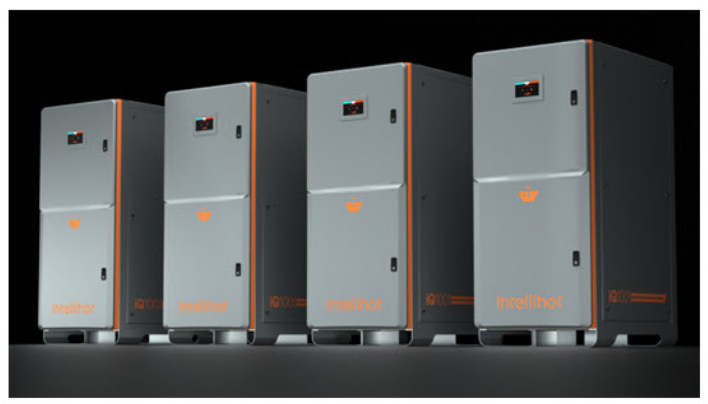When does it make sense to recommend a tankless water heater for a commercial client? How do they work? And can they save your client money? Let’s have a look at how tankless heaters perform, and what advantages they possess over hot water tanks.
The History of Tankless Heaters
Hot water tanks have been the preferred method of water heating in the United States for about 150 years. In an era when heating water took time and money, this made sense; water could be heated ahead of time and left in the insulated tank until it needed to be pumped up to a faucet; however, the system was never flawless. Tanks leak, and, if not sanitized frequently, become breeding grounds for Legionella bacteria. In large commercial buildings, where multiple tanks are necessary, the system is even more expensive, not only to install but to operate. It also fails more often, since the heaters are connected with pipes that can leak and that are hard to sanitize properly.
Inventors have been experimenting with tankless heaters for over a hundred years, but it has only been since the 1970s that they have become efficient enough to become popular. Tankless heaters either use a number of small heaters at the point of use — attached to a faucet or a showerhead, for example — or, in the hybrid model, small tanks attached to powerful heat exchanges that serve multiple points of use.
When Is Tankless More Efficient?
To see why a hot water tank is inefficient, you have to look at how water is consumed in a large commercial building. It’s rarely a steady stream of use over the course of the day; more likely, it’s a series of small, unpredictable peaks. A tank system has to activate whenever someone turns on the hot water and heat all the water in all the connected tanks. This is inefficient and expensive. A hotel’s tanks would react the same way to two dozen guests showering at 8 AM and one washing his hands at 3 AM. Because of the size of a tank, they lack adaptability.
Hybrid water heater units are different. Normally, one unit has a maximum input of about 1 million BTUs, and large buildings that need more heat than that will install multiple units. Each unit contains a few small modules. At low-capacity times, only one module will turn on, and when it reaches high capacity, it will turn on another. When multiple modules in one unit are on, it will turn on another unit. For this reason, you can install multiple units without worrying that they will be expensive to operate.
What Type of Tankless System to Recommend
If you use an Intellihot heating system, the only American-made tankless heater, you can use their IntelliSize tool to calculate the right hybrid tank size for your commercial building. If you’re new to tankless heating systems, this is a good tool to take the guesswork out of choosing a model.


Recent Comments